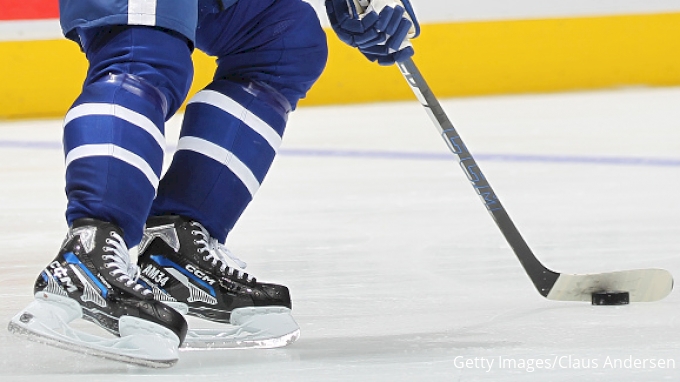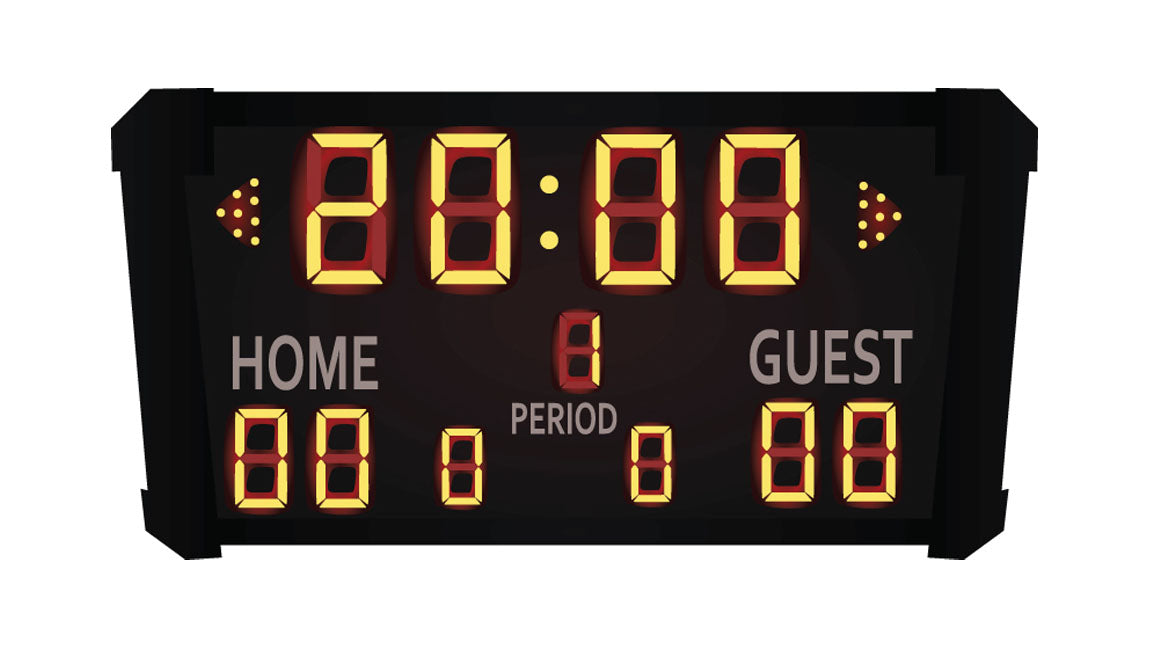One period in hockey lasts 20 minutes. This is the standard length for professional games.
Hockey is a fast-paced and thrilling sport. Understanding the rules is essential to enjoy the game fully. One of the fundamental aspects is the duration of a period. Each game is divided into three periods. Each period is 20 minutes long, creating a total of 60 minutes of playtime.
These periods are separated by intermissions. During these breaks, players rest, strategize, and prepare for the next period. Knowing how long each period lasts helps fans follow the game better and appreciate the players’ stamina and skill. So, next time you watch a hockey game, you’ll know exactly how the time is structured.

Credit: www.flohockey.tv
Game Structure
Understanding the structure of a hockey game can make watching more enjoyable. The game is divided into specific segments, each with its own rules and timing. This helps keep the game organized and fair for both teams.
Periods And Intermissions
A standard hockey game consists of three periods. Each period is 20 minutes long. The clock stops whenever the play is halted. This makes the actual time longer. Between these periods, there are intermissions. An intermission lasts 15 minutes. This break allows players to rest and strategize.
Regulation Time
In total, the regulation time for a hockey game is 60 minutes. This is divided into the three 20-minute periods. If the game is tied at the end of regulation time, it may go into overtime. Overtime rules can vary depending on the league.

Credit: www.polyglidesyntheticice.com
Standard Period Duration
Understanding the standard period duration in hockey is essential. This knowledge helps fans enjoy the game more. A hockey game is divided into periods. The length of these periods can vary.
Professional Leagues
In professional leagues, periods are typically longer. The National Hockey League (NHL) is a prime example. Each period in the NHL lasts 20 minutes. This time is continuous, meaning the clock only stops for specific events. These events include goals, penalties, and stoppages in play.
Between each period, there is a 15 to 18-minute intermission. This break allows players to rest and strategize. It also gives fans a chance to grab refreshments. The NHL and other professional leagues follow this standard.
Amateur And Youth Leagues
Amateur and youth leagues often have different period lengths. The periods are usually shorter to match the players’ skill levels and stamina. In many youth leagues, periods are 15 minutes long. Some leagues might have even shorter periods, around 12 minutes.
Intermissions in these leagues are also shorter. They typically last around 10 minutes. These breaks provide enough time for players to rest and coaches to give instructions. Understanding these differences helps in appreciating the various levels of hockey.
Overtime And Shootouts
Hockey games are thrilling, especially during overtime and shootouts. These periods often decide the winner in a tied match. Let’s delve into how overtime and shootouts work in hockey.
Regular Season Overtime
In the regular season, if the game is tied after three periods, an overtime period is played. This overtime period lasts for 5 minutes. It is a sudden-death format, meaning the first team to score wins the game. Teams play 3-on-3, which creates more scoring chances and excitement.
If no team scores during overtime, the game goes to a shootout. In a shootout, each team selects three players to take shots against the opposing goalie. The team with the most goals after these three rounds wins. If it’s still tied, the shootout continues one round at a time until one team scores and the other does not.
Playoff Overtime
Playoff overtime has different rules. There is no shootout. Instead, the game continues with 20-minute overtime periods. These periods are also sudden-death. Teams play 5-on-5, just like in regulation time. The game continues until one team scores, no matter how long it takes. This can lead to very long and intense games, adding to the drama of playoff hockey.
Clock Management
Clock management is crucial in a hockey game. Knowing how to control the clock can make or break a game. It’s important to understand the rules and strategies for managing the clock effectively.
Stoppage Time
During a hockey game, the clock stops for various reasons. These include penalties, injuries, and goals. Each stoppage can change the flow of the game.
Here are common reasons for stoppage:
- Goals
- Penalties
- Injuries
- Offside calls
- Icing
Understanding stoppage time can help teams plan their next moves. It is a key part of clock management.
Timeouts
Teams have one timeout per game. A timeout lasts 30 seconds. It allows the coach to give quick instructions.
Using a timeout wisely can change the momentum of the game. Here’s how a timeout can be beneficial:
- Resting players
- Planning a strategy
- Disrupting the opponent’s rhythm
Effective timeout usage is a skill. Coaches must know the right moment to call a timeout.
Historical Changes
Hockey has a rich history with many changes over time. One significant change is the length of periods in the game. Understanding these historical changes can offer insights into the evolution of hockey and its impact on gameplay.
Evolution Of Period Length
In the early days of hockey, games did not have a standardized period length. Teams played until a set number of goals were scored. This led to games of varying and unpredictable lengths.
By the late 19th century, the need for standardization became clear. The first official rules set the period length at 30 minutes. This was soon found to be too long. Players often became exhausted, and the quality of play suffered.
In the early 20th century, the period length was reduced to 20 minutes. This allowed for more consistent and competitive gameplay. These 20-minute periods became the standard and remain so in modern hockey.
Impact On Gameplay
The reduction in period length had several benefits. First, it improved player endurance. Shorter periods meant players could maintain high energy levels throughout the game.
Second, it increased the pace of the game. Players could focus on short bursts of intense play. This made the game more exciting for fans and players alike.
Shorter periods also allowed for better game management. Coaches could plan strategies more effectively. They could use substitutions and timeouts to their advantage.
Overall, the changes in period length have had a lasting impact on hockey. They have helped shape the fast-paced, exciting game we enjoy today.

Credit: www.polyglidesyntheticice.com
Frequently Asked Questions
How Long Is One Period In Hockey?
One period in hockey lasts 20 minutes.
How Many Periods Are In A Hockey Game?
A hockey game has three periods.
Is There A Break Between Hockey Periods?
Yes, there is a 15-17 minute intermission between periods.
Are All Hockey Periods The Same Length?
Yes, all periods are 20 minutes long.
Can Periods Be Shorter In Youth Hockey?
Yes, youth hockey periods can be shorter, often 12-15 minutes.
Do Hockey Periods Include Overtime?
No, overtime is separate and follows the three main periods.
How Long Is Overtime In Hockey?
Overtime is typically 5 minutes in regular season games.
Do Periods Stop For Penalties?
Yes, the clock stops for penalties and other stoppages.
Is There A Break After Overtime?
No, if the game is still tied, it goes to a shootout.
Conclusion
Understanding hockey periods is essential for following the game. Each period lasts 20 minutes. There are three periods in a standard game. This structure keeps the game fast-paced and exciting. Knowing this helps fans appreciate the sport more. Whether watching live or on TV, you now grasp the timing.
Hockey’s unique format makes it thrilling. So, enjoy the next game with this knowledge. It will enhance your viewing experience.




